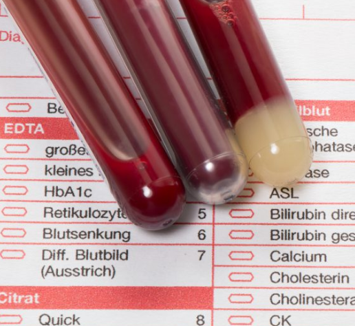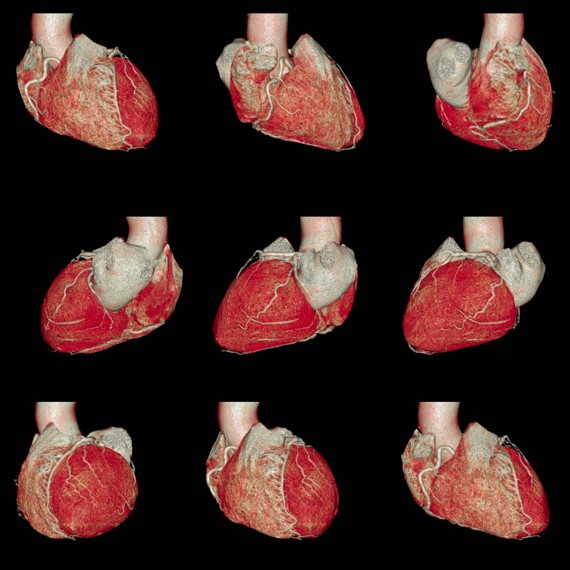You just walked into the exam room for a physical. Your blood pressure is taken and, surprisingly, the reading is a bit high. What does it mean? Up to 30% of the time the result may be off.
Although many people believe that blood pressure remains stable throughout the day, it is actually a highly dynamic value that responds rapidly to changing conditions.
How Normal are Blood Pressure Fluctuations?
Blood pressure swings occur minute-to-minute and are affected by emotional state, pain, and drugs, including caffeine and nicotine. Blood pressure spikes and troughs of 10 mmHg or more are common throughout the day. During sleep, a dip in blood pressure of 10-15% of daytime readings is expected.
White Coat Hypertension
The blood pressure roller coaster is even wilder in medical settings. “White coat hypertension” is the rise in otherwise normal blood pressure triggered by anxiety in medical settings. The transient increase in blood pressure is not typically a health problem, but a much bigger concern is how “white coat hypertension” can trigger a false alarm.
A single blood pressure measurement, especially when taken in the medical setting, is frequently misleading. In fact, up to 30% of the elevated readings in the office setting are not confirmed with follow-up testing. The risk of an inaccurate diagnosis is considerable—including months, if not years, of unnecessary blood pressure medication.
A Solution: Better Methods of Diagnosing
To remedy this problem, the U.S. Preventive Task Force advises that the blood pressure measurement in the doctor’s office be considered only a screening value that requires additional follow-up.
They suggest that the definitive diagnosis of hypertension be made with measurements taken outside of the doctor’s office, preferably with ambulatory blood pressure monitoring. Ambulatory readings are far better predictors of health consequences than those obtained in the doctor’s office. Ambulatory monitoring uses a small portable device attached to a blood pressure cuff that remains on the upper arm throughout the day. Readings are taken automatically every 30 minutes and results are recorded and averaged over the entire day. The equipment required is typically only available through your doctor’s office.
When ambulatory blood pressure equipment is not available, the next best alternative to confirm an elevated office reading is with home blood pressure measurement. Readings are made with readily available tabletop machines. Machines feature both arm and wrist cuffs—but the arm cuffs are strongly preferred because of better accuracy and reliability. Excellent automated home blood pressure machines are available for under $100 (see the link at the end of this article for reviews).
Tips for Accurate Home Blood Pressure Readings
- Use an arm cuff (avoid the less accurate wrist cuffs).
- Wrap the blood pressure cuff around your upper arm for a snug but comfortable fit (if the ends barely meet, the cuff is too small and will give a falsely high reading).
- Sit or lie down and support the arm so that blood pressure cuff is at the level of the heart.
- Wait 5 minutes before taking a reading.
- Take two blood pressure measurements one minute apart
Click here for an interactive guide to accurate home blood pressure measurements
References:
Consumer Report Review of Home Blood Pressure Machines
Medical News Today Review of Home Blood Pressure Machines
Interested in living a healthier lifestyle?
Learn the essentials of eating and living healthfully in our interactive, user-friendly learning program for the public.
Clinicians: Do you feel confident responding to patient questions about nutrition?
Take our award-winning condensed interactive nutrition CME—and learn what every clinician should know about nutrition.



